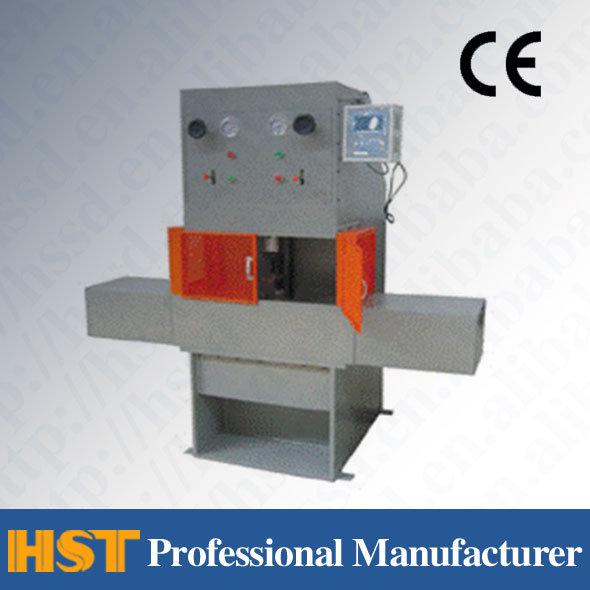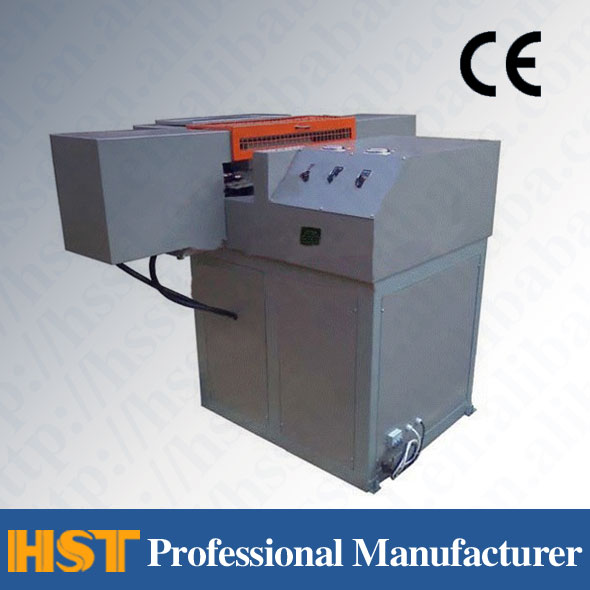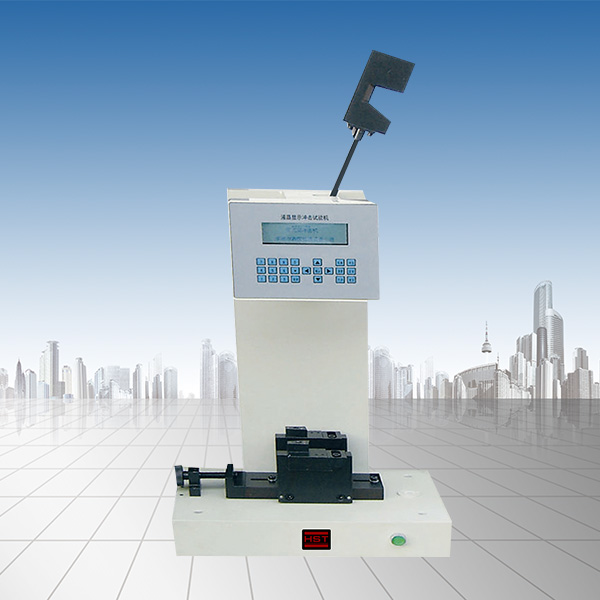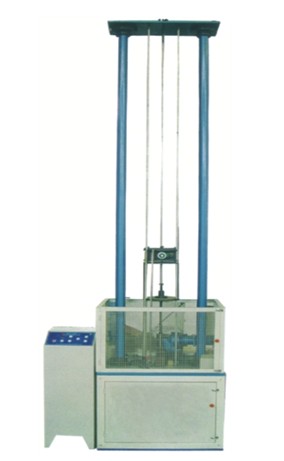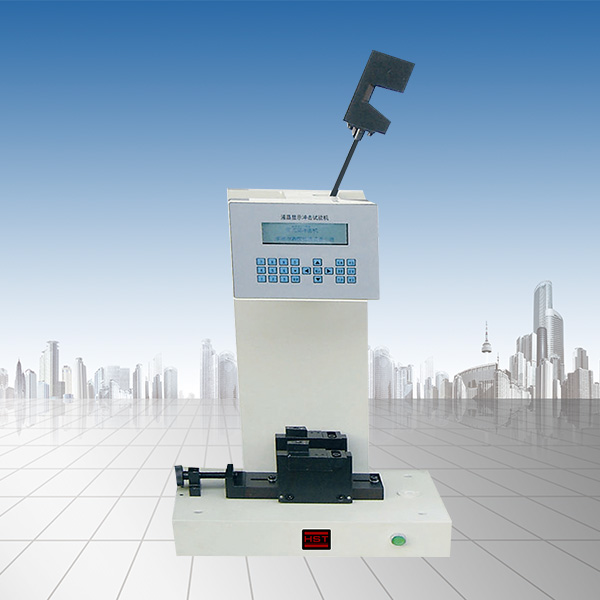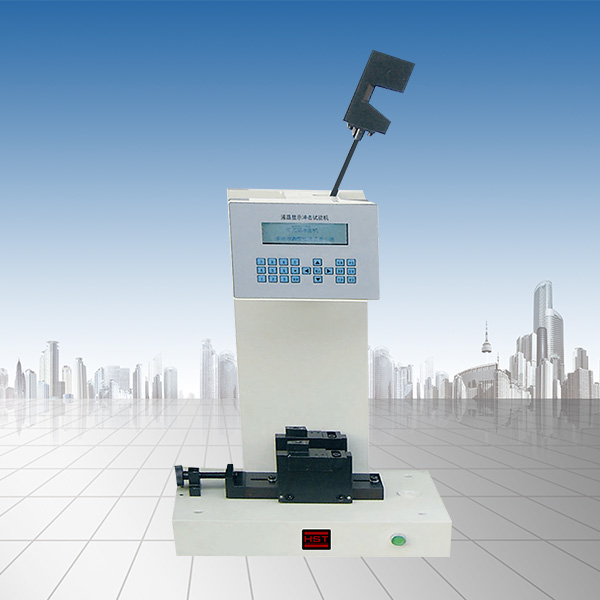Company News
Different tensile testing machines are used for different materials
Release time:2018-11-23 source:Jinan Hengsi Shanda Instrument Co., Ltd. Browse:
Tensile testing machines are used by customers because of their wide range of applications. However, for different materials and different testing items, the main functions of the tensile testing machines are naturally different. How to choose a test machine that is both satisfactory and can meet your own requirements requires a certain amount of effort to consider.
1. Film materials mainly detect the tension and elongation of the material. Since film materials are mostly high in elongation, a large stroke test machine is required. For example, a tensile test machine with a stroke of 1 meter;
2. Rubber material mainly detects the tensile strength and elongation of the material. The material has a high elongation, sometimes reaching more than 1000%. A large-stroke tensile testing machine must be used. Usually the test space will not be less than 900mm, or even larger. This material has high requirements for detection of elongation, and using displacement to replace deformation can no longer meet the test requirements. Therefore, a large deformation measurement system is not lacking. For example, the DBX-800 model produced by Jinan Faen has a test space of 20-800mm;
3. Ordinary plastics are mainly used to detect the tensile strength and elongation of the material. They usually require that the tensile space is not large and will not exceed 600mm; appropriate fixtures can also be added to make indicators such as the bending strength and bending modulus of the plastic;
4. Waterproof coil material. This material is usually a tensile tester of 1000-5000N to be used to detect the test force and elongation of the material. Since many additives are added to the new material, it requires high requirements for the fixture of the test machine. Otherwise, the test data will be inaccurate;
5. The packaging belt and protective net mainly tests its test force, the test space requirements are not high, and the general tensile stroke is 100-200mm enough;
6. Wires and cables usually detect test force, have little test space, and have high requirements for fixtures;
7. For metal wires such as copper wire aluminum wire, the main test of the tensile strength and elongation of materials. The elongation of non-ferrous metals is relatively high, reaching 50%. The elongation of steel wire is extremely low, so it is difficult to detect the elongation of steel wire, and a more advanced testing machine or detection instrument is required;
8. Aluminum foil copper foil mainly detects tensile strength and elongation. Because the material is very thin, it is usually between 0.005 and 0.2mm, which is crucial to the vertical stretching of the material. If you are not careful, the stretching of the material will be turned into tear. The result is very different from the real value. The coaxiality, universality, and equipment stiffness of the upper and lower fixtures of the product are important to it;
9. Paper mainly detects test force and tear force, and clamping of fixtures becomes the key to test accuracy;
10. Non-woven geotextiles mainly detect test forces, tear, puncture, and top breaking properties, and have high requirements for neutrality and firmness of product fixtures.
Recommended productsPRODUCTS


















